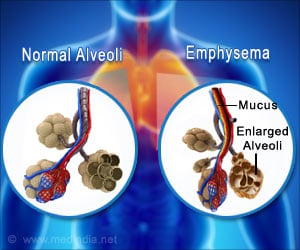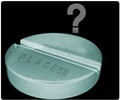More than 8,000 children were enrolled in trials that were never completed, and more than 69,000 children were enrolled in completed trials that were never published.

‘Thirty percent of the completed pediatric clinical trials were unpublished in the medical literature. Nineteen percent of the trials were discontinued.’





Overall, trials sponsored by industry were more likely to be completed than trials sponsored by academic institutions, the investigators found. However, completed trials sponsored by industry were less likely to be published than trials sponsored by academia. These findings are similar to those seen for clinical trials in adults. "Our findings are in line with previously published studies focusing on adult trials, which may speak to how commonplace discontinuation and non-publication are in medical research in general," says coauthor Natalie Pica, MD, PhD, a resident at Boston Children's. "We need to make sure that when children participate in clinical trials, their efforts are contributing to broader scientific knowledge."
Pica and Bourgeois tracked 559 randomized, controlled pediatric trials registered on ClinicalTrials.gov from 2008 to 2010 and whose final status (completed or discontinued) was confirmed by the end of 2012. They then searched for related peer-reviewed publications through September 1, 2015. When no publication could be found, they inquired with study investigators and sponsors via email.
Their Findings:
- Of the 559 trials, 104 (19 percent) were discontinued early. Two-thirds of these had already enrolled participants.
- Of the 455 completed trials, 136 (30 percent) remained unpublished after an average of 58 months post-completion. (Forty-two of these, or 31 percent, did post results to ClinicalTrials.gov.)
- Of the 104 discontinued trials, 39 percent were sponsored by industry and 55 percent by academic institutions. (The rest were funded by other sources.)
- Two years after trial completion, academia-sponsored trials accounted for 30 percent of unpublished trials, and industry-sponsored trials for 63 percent. Three years after trial completion, academia-sponsored trials accounted for 23 percent of unpublished trials, and industry-sponsored trials for 70 percent.
- In a multivariate analysis, the likelihood of non-publication was more than doubled for industry-sponsored trials two years after completion (odds ratio, 2.21) and more than tripled three years after completion (OR, 3.12).
- Overall, more than 8,000 children were enrolled in trials that were never completed, and more than 69,000 children were enrolled in completed trials that were never published.
Advertisement
"It's hard to reanalyze others' data," says Pica, "but this may be a useful mechanism to make sure that findings from completed trials are disseminated in the medical literature."
Advertisement
Source-Eurekalert














